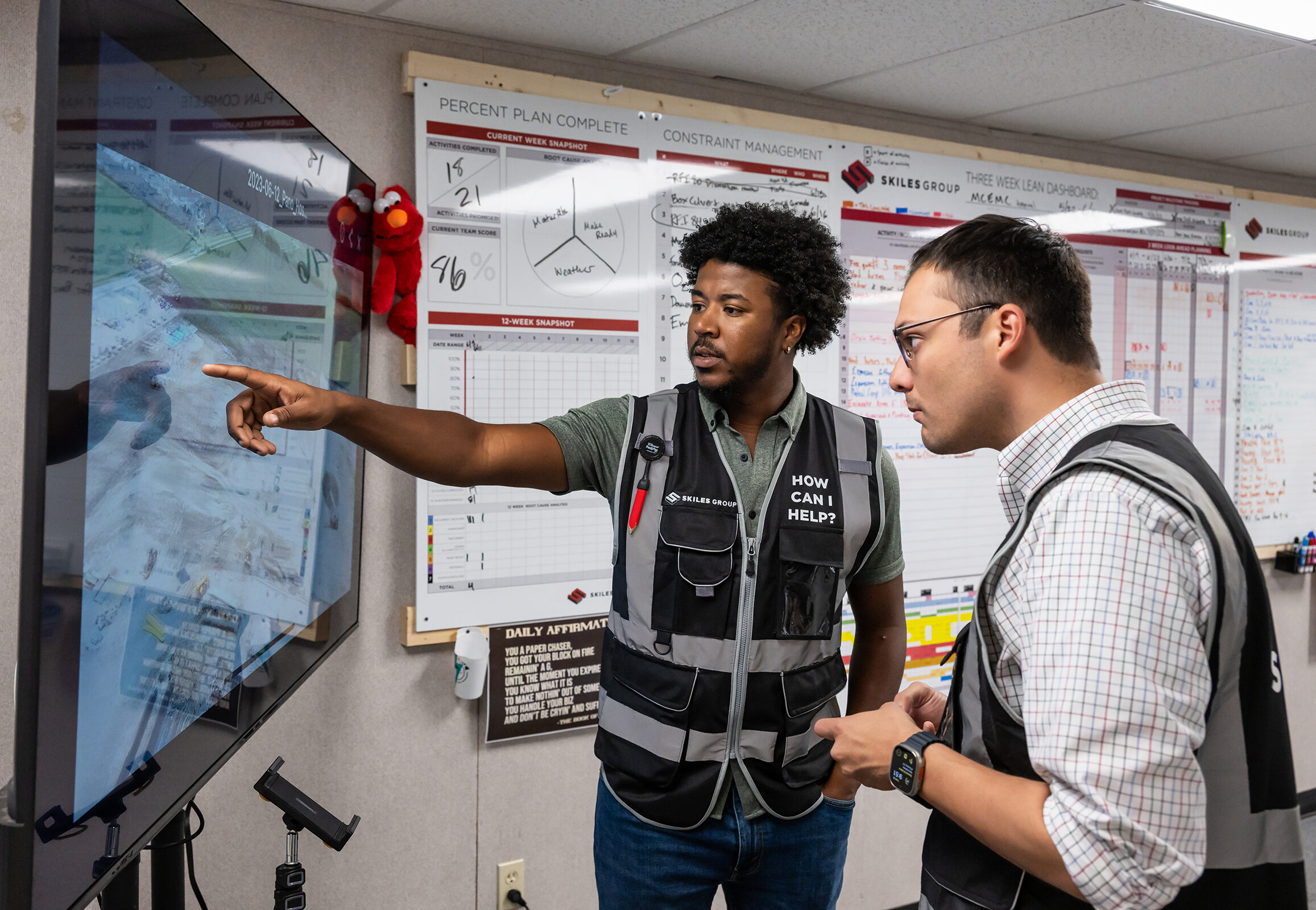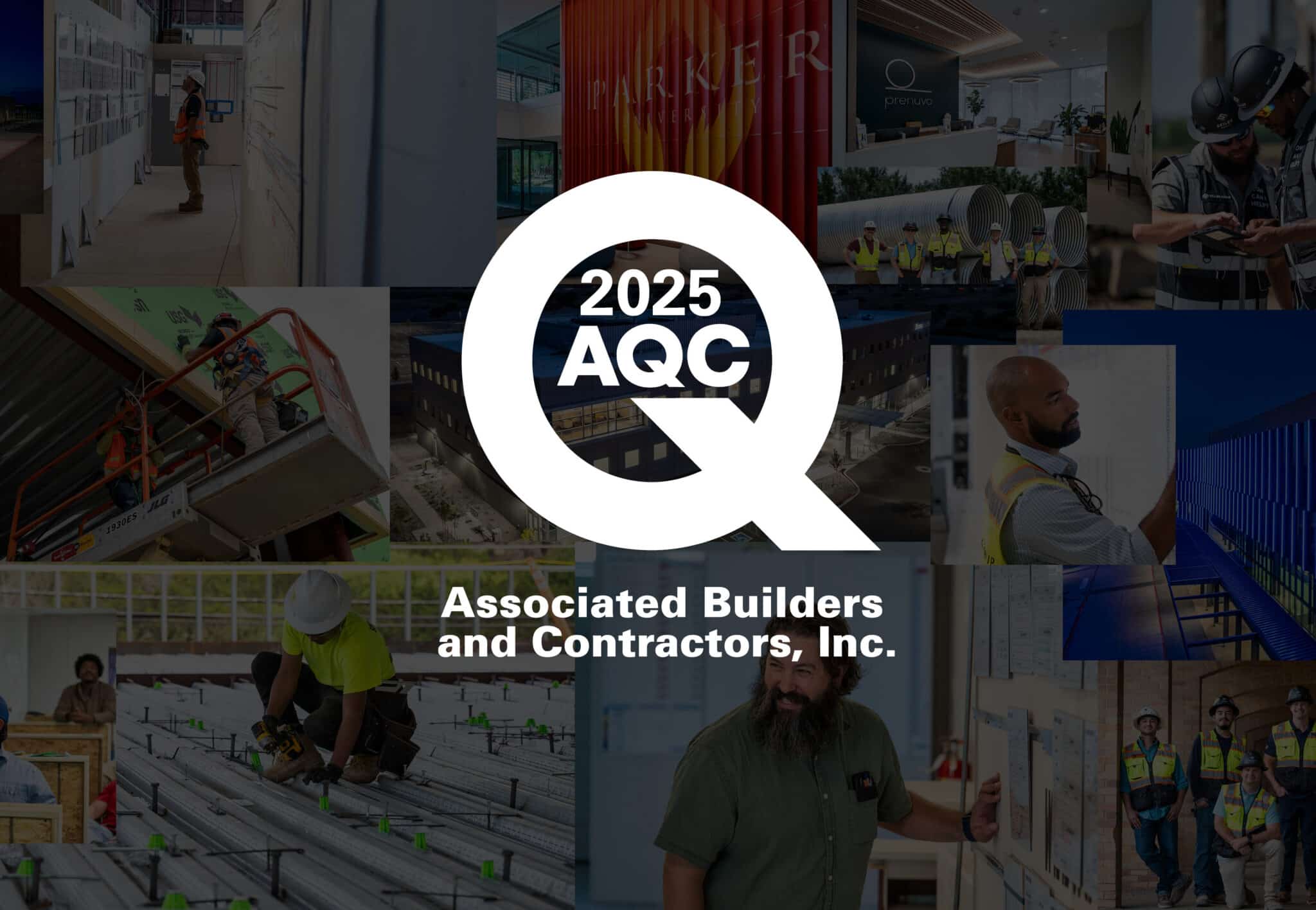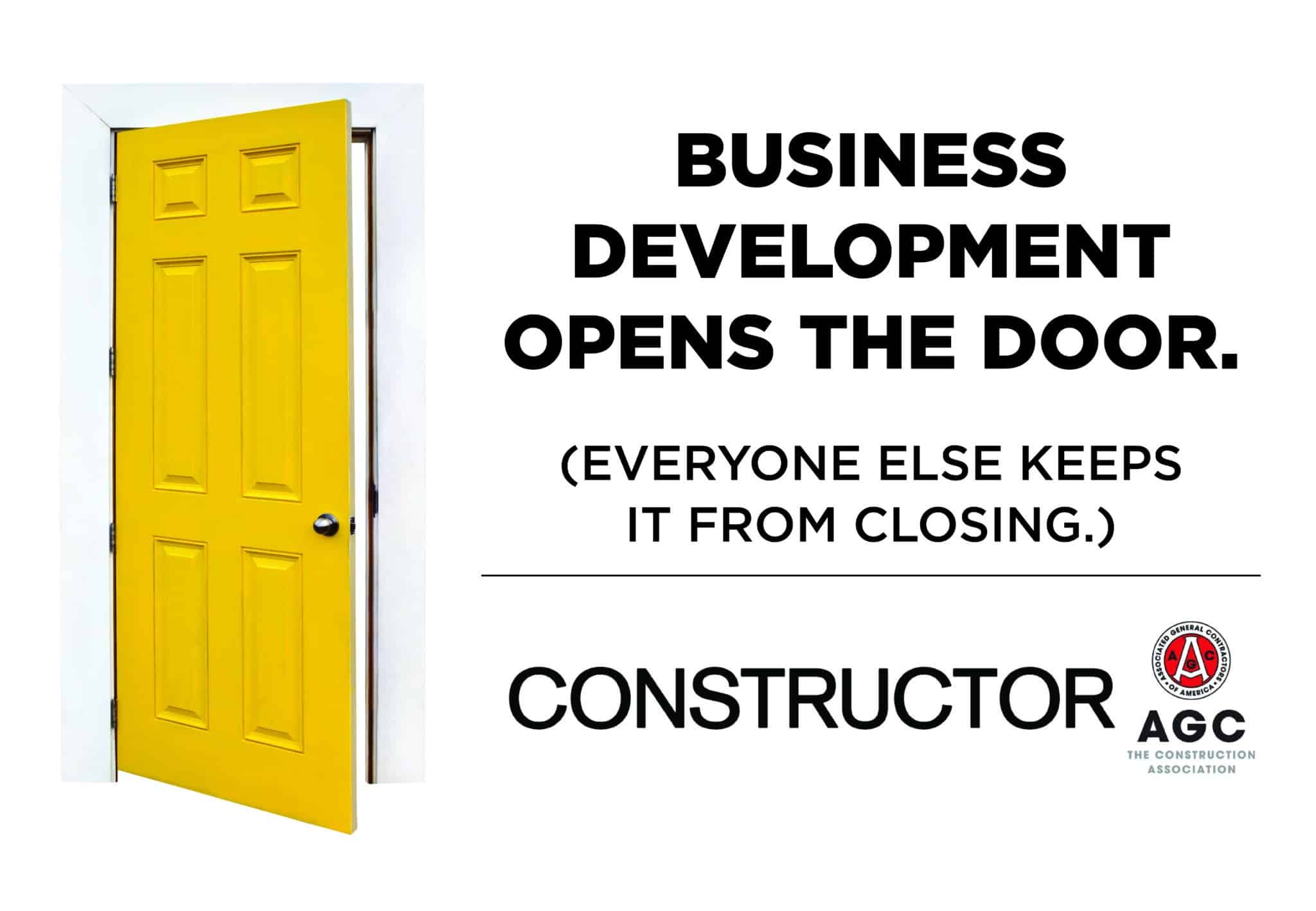By Katayoun Mokhtarzadeh and Justin Davis
We have all heard the saying, “If it ain’t broke, don’t fix it.” Many of us live by it. Some of us strive to grow past it and continuously grow…albeit within our comfort zones. It is hard to imagine the “fix” involves changing everything you have known and seeing things from an entirely new perspective.
That being said, the only way to move forward is to evolve as our needs change, allowing our processes, standards, and approach to day-to-day tasks and roles to adapt. Just because it is working now doesn’t mean it will continue to work—and this is something to think about today, before being left behind by an industry that is inevitably and unstoppably changing.
One impact of this change will materialize in the newly adapted and combined role of a superintendent project manager, which we’ll call “GC 2.0” for the remainder of this article.
In the future of construction, a multi-disciplinary superintendent and project manager role that blurs the traditional lines between field and office will be crucial in ensuring the successful execution of construction projects, much like they would have been through separate team members. They will (still) be responsible for overseeing and coordinating various aspects of the project from start to finish, ensuring that it is completed on time, within budget, and to the required (safety and) quality standards. However, their role will evolve to adapt to technological advancements and changing industry practices. Every project will have a group of GC 2.0s managing the job.
Here are some ways the GC 2.0 role may flex and adapt to the future of our industry:
Technological Integration
With the increasing use of advanced technologies in construction, a GC 2.0 will be responsible for integrating these technologies into the project workflow. They will need to have a strong understanding of emerging tools—such as Building Information Modeling (BIM), drones and reality capture, 3D printing, augmented reality, 4D logistics modeling, and virtual reality—and ensure their effective implementation to enhance productivity, accuracy, and safety on the construction site. Performing the role of ultimate generalist on a project site, the GC 2.0 will need to balance the role of managing the overall process and each discipline’s experts while also mastering the tech that creates the most value in communicating the overall plan for the project.
Collaboration and Communication
Effective collaboration and communication will remain key responsibilities for GC 2.0s. They will need to facilitate strong communication channels between project stakeholders—including clients, architects, engineers, subcontractors, suppliers, and regulatory authorities, as well as internal team members—to allow for a smooth flow of information, the reduction of gaps, and oversight to ensure that double work and redundancy are avoided. Collaboration platforms and project management software will aid in streamlining communication and providing real-time updates to all parties involved. The GC 2.0 of the future is a silo-buster when it comes to lines of communication and is comfortable facilitating from the boardroom to the breakroom.
Risk Management
The GC 2.0 will continue to be responsible for identifying and managing potential risks throughout the construction project. They will need to assess risks related to safety, budget overruns, schedule delays, design changes, and external factors such as weather conditions and regulatory changes. Proactive risk mitigation strategies, contingency plans, and regular monitoring of project progress will be essential to minimize the impact of risks on the project’s success. With this departure from traditional roles, GC 2.0s of the future don’t stand on separate sides of the fence when it comes to lessons learned; experience is shared freely and tracked without bias so that cost and schedule impacts of decisions can be accurately and objectively determined.
Leadership and Team Management
GC 2.0s will be required to lead and manage multi-disciplinary teams effectively. They will need to motivate and inspire team members, delegate tasks, provide clear instructions, and resolve potential conflicts. In addition, they will have to make sure that all workers on the construction site adhere to safety protocols and industry best practices.
Continuous Learning and Adaptation
The future of construction will witness continuous advancements in technology, materials, and methodologies. GC 2.0s will need to stay updated with the latest trends, regulations, and industry standards. Continuous learning, professional development, and adaptability will be crucial for them to navigate the changing landscape of the construction industry effectively. The GC 2.0 of the future will have to be adept at retaining, motivating, and training the talent they are given. Creating a positive jobsite culture and building highly effective teams, regardless of background, will be one of the defining success factors for project leaders.
Some benefits that come from this change will also include:
- Increased shared knowledge on a project allows younger staff to learn and grow faster as they manage more of the scope.
- Increased accountability across the project by all team members.
- Increased coordination across scopes since everyone is in the loop on all aspects.
And most importantly…
- Increased flexibility for all team members to take the time off they need without worrying that the job will not progress without their presence. Many individuals avoid or leave our industry because of the inability to meet hopes or expectations on work/personal life/family balance—and this is especially true for certain roles. Superintendents have often felt overlooked in “new school” companies that focus on flexibility and work/life balance; in contrast, many PMs feel resigned to financials and fluorescent lighting over time in the field. Supers are often dismissed with the perspective that too bad, that’s what they signed up for, while the monotony of a manager’s life can be remedied with flexibility in things like working from home and simply not being responsible for opening and closing gates on the jobsite each day.
To be successful, individual team member roles on the project will need to become more clearly defined to ensure there are no gaps or double work in responsibilities now that everyone can manage every aspect, and communication and collaboration tools will need to be refined to keep up with the team’s pressing need to keep each other in the loop to avoid redundancy. Much like the logistics plan and phasing plans of a complex project, the team’s organizational structure will need to be efficiently and visually communicated with planning documents—above and beyond the typical responsibility matrix—so that internal and external customers can find their handoff points, and stakeholders know their points of contact.
Overall, the GC 2.0’s role in the future of construction will involve a blend of traditional project management and field operations skills with an emphasis on technological integration, sustainability, collaboration, risk management, leadership, and continuous learning. They will be at the forefront of driving construction projects towards successful outcomes in an increasingly complex and dynamic environment.
About the Authors
Katayoun Mokhtarzadeh is a Project Manager with Skiles Group, and Justin Davis is a Healthcare Superintendent with Skiles Group.
This article was written for TEXO Association, you can read it here:



